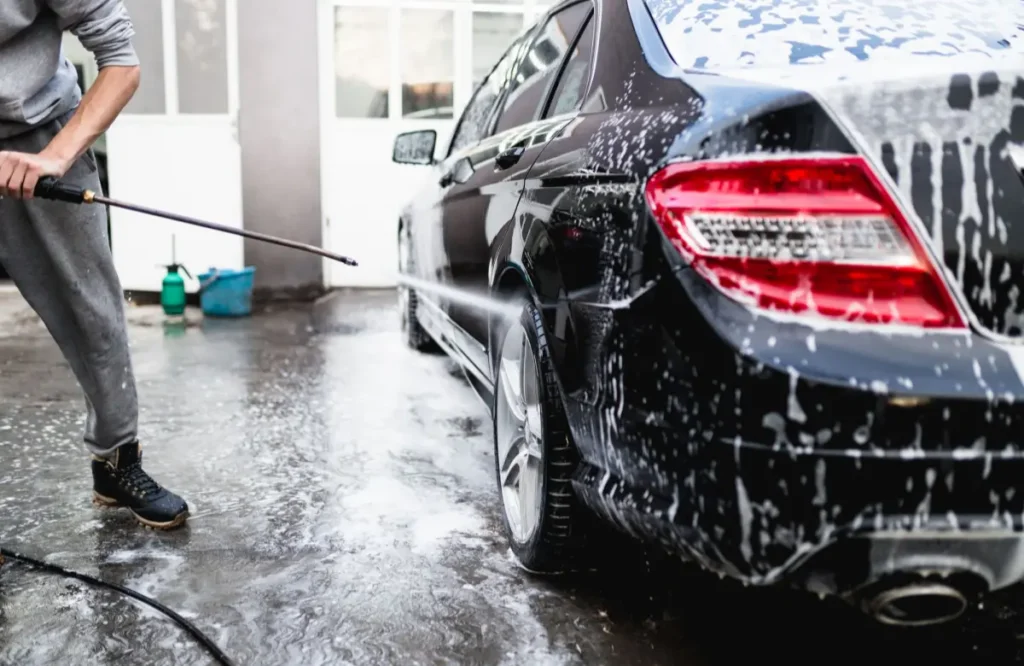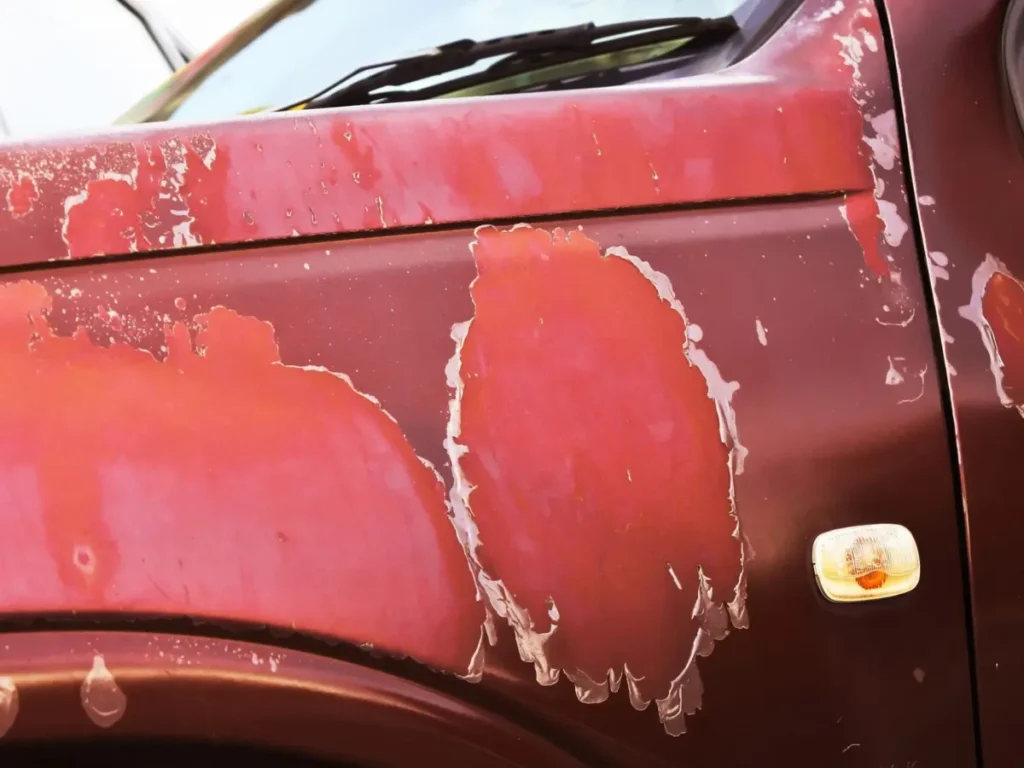Maintaining the exterior of your vehicle in a clean and well-maintained appearance is necessary not only because of its appearance, but also for the preservation of its value in the long run. Exterior detailing is a thorough cleaning and protective treatment that is more than a basic wash. Someone may ask how frequently this significant service should be performed. Understanding the proper frequency of exterior detailing can also keep your vehicle in the best condition and the paint finish may last longer.
What Is Exterior Detailing and Why Does It Matter
Exterior detailing is a comprehensive cleaning and restoration process that pays attention to all exterior parts of a car, like paint, wheels, windows and body trim. Auto Detailing, in contrast to a very basic wash, strips out deeply rooted dirt, contaminants, oxidation, and minor scratches and scars to restore the finish and shine of a vehicle.
Specialized processes are usually used to perform this, including washing, clay bar treatment, polishing and applying protective wax or sealants. Exterior detailing is important as it keeps your car out of environmental harm, such as UV rays, acid rains, and road dirt. Frequent detailing not only boosts curb appeal but also adds value to the car.
Exterior Detailing Frequency
Exterior detailing frequency varies with various factors, including frequency of driving, the place of residence and the condition of the vehicle. In general, cars need to get a complete exterior detailing every 4 to 6 months. The schedule assists in keeping a clean, shiny look without damaging the paint due to the weather.
You need to wash your vehicle every 3 to 4 months to avoid paint wearing off, rust, and accumulation of dirt, especially during compressed commute or harsh climatic conditions such as snowy, salty roads or excessive sunlight. Conversely, a car parked indoors or used fewer miles can generally be detailed twice per year and managed to retain its finish.
Regular outside detailing will not only ensure your vehicle remains in a fine state but will also improve the resale value and the life of the paint.
| Vehicle Use / Condition | Recommended Exterior Detailing Frequency |
| Daily Driver in Harsh Conditions | Every 3 to 4 months |
| Regular Daily Driver | Every 4 to 6 months |
| Occasionally Driven / Garaged | Every 6 to 12 months |
| Show Cars / Collector Vehicles | Every 2 to 3 months |
| After Seasonal Changes (Winter, Summer) | Additional detail recommended |
Key Factors That Affect Detailing Frequency
The frequency with which you need to treat the outside of your car to keep it in good condition depends on some crucial factors:
Driving Habits:
The more that you commute, particularly in towns that have heavy traffic, dirt and pollution, the more your car will require a detailing. Off-road or spending time in the country also means getting mud, gravel and other debris that in turn have to be cleaned.

Climate and Weather:
Painting restoration may also be damaged and corroded in harsh weather like extreme sunshine, rain, snow, and salt found on roads. Very high frequency should be used on vehicles in salty areas or during snow and inclement weather.
Storage Conditions:
Parked vehicles are always exposed to UV rays, bird droppings, tree sap and air pollution, thus requiring more frequent detailing. Vehicles that are parked indoors or in the garage usually need regular reduced service.
Vehicle Type and Usage:
High-end cars and luxury cars usually demand greater detail in order to keep their finishes clean. Both utility and off-road vehicles used on rough surfaces require increased care.
Protective Treatments:
Cars with protection finishes, such as ceramic or paint protection film, might require a less frequent detailing schedule, yet they still should be serviced regularly to maintain the effectiveness of such services.
Personal Preferences:
There are car owners who want their car to be showroom-ready all year round and do their cars details almost monthly. Other people can work with less attention to detail one or two times a year.
Why You Should Hire a Professional for Exterior Detailing
The benefits of hiring a professional include having your vehicle handled by an expert, with modern equipment and quality products that will produce stunning and durable results. Professionals are trained and know how to safely remove stubborn contaminants, lay down shine and use wear-resistant protective coats that cannot be duplicated by DIY methods. Hiring a professional service can save you time, reduce the risk of damage and improve the overall appearance and value of your vehicle.
To have trusted, professional exterior detailing, get in touch with Izzy Auto Detailing today. Excel and feel the comfort and cleanliness that gets your car looking as good as it can be!
Conclusion
The exterior of your vehicle should be clean and secure to ensure the preservation of value and appearance. Frequent exterior detailing, accomplished at a reasonable frequency depending on how and where you drive, may help eliminate any damage and make your car appear brand new. With professional detailing and DIY repair, you can experience a beautiful, protected finish all year round.
FAQs
When the car is used under normal circumstances, it should be detailed every 3 to 6 months.
Yes, daily washing/waxing at home assists in ensuring protection between visits by professional cleaning.
Advanced products and tools are applied in professional detailing to clean and protect better and longer.
Failure to detail may cause damage to paint, loss of color, and accumulation of contaminants.
Yes, dull paint, water spots and dirt that cannot be washed off mean that it is time to detail.




